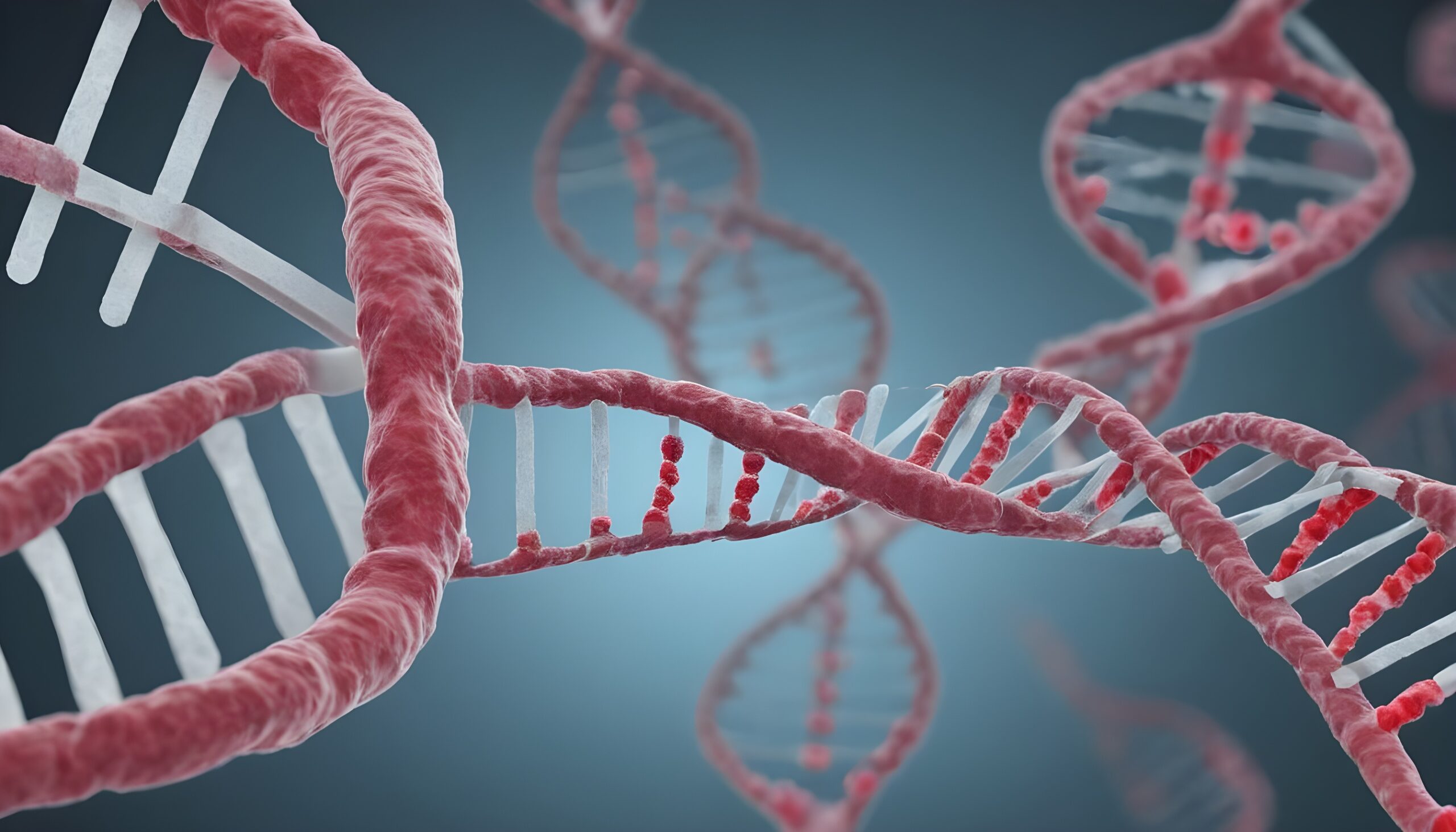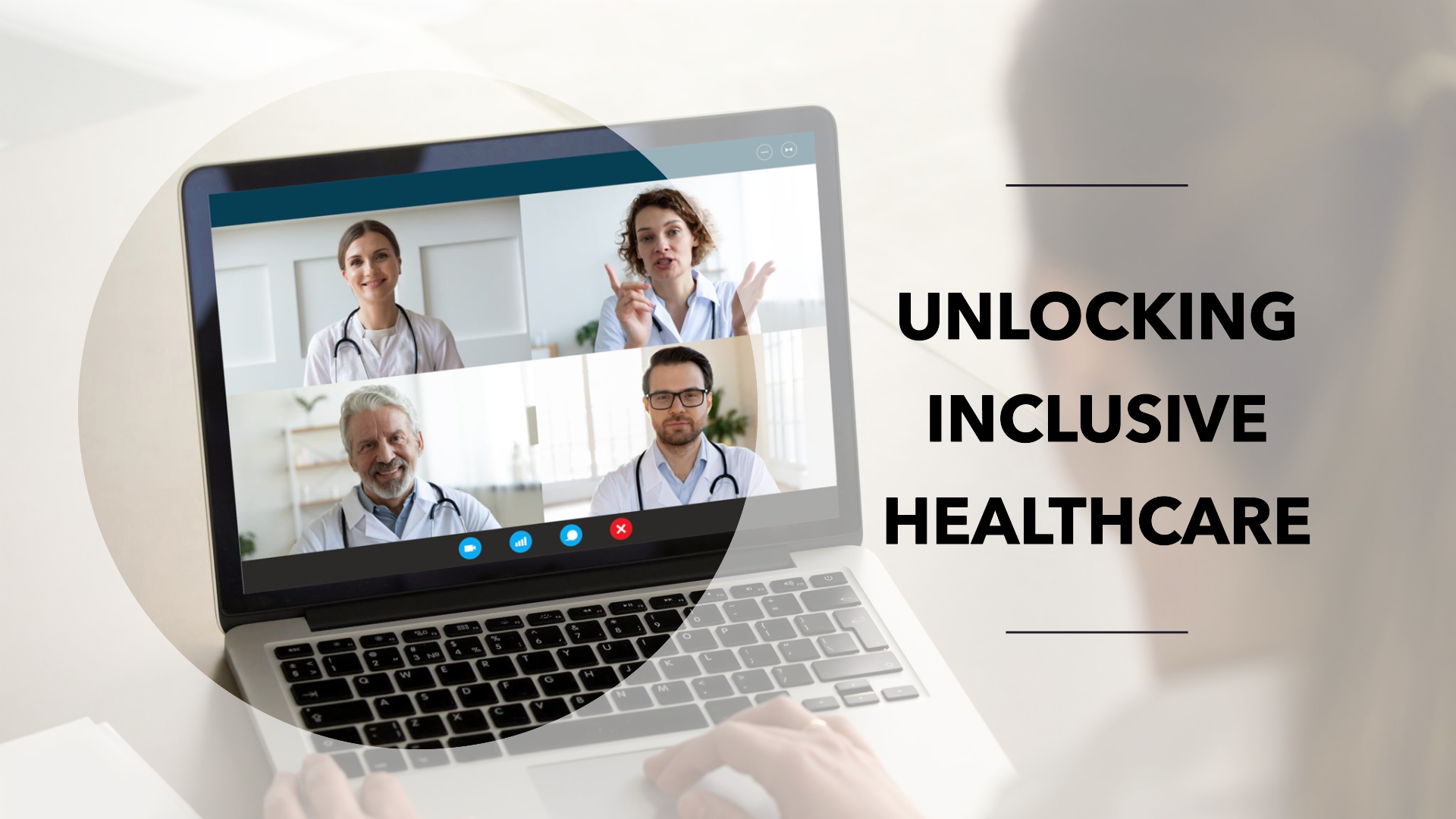Cancer is a leading cause of death worldwide. According to the World Health Organization, it was responsible for nearly 10 million deaths in 2020, constituting almost one in six deaths. However, advancements in its treatment have significantly reduced the threat. Since 1991, the cancer death rate in the U.S. has declined by 33 percent. The upcoming World Cancer Day once again underscores the importance of gene sequencing—an exciting new method to combat cancer—and how companies like MGI Tech are charting new paths in Next Generation Sequencing (NGS).
Millennia of evolution have meticulously documented our existence in our genetic makeup. By deconstructing the world within our own constitution, we can peer into the secrets of our genomes—omnipresent texts stored in our bodies—to better predict and treat complex diseases.
Gene sequencing maps out the arrangement and pairings of DNA
Gene sequencing maps out the arrangement and pairings of DNA. This microscopic string of genetic material holds a staggering amount of information: it has been estimated to contain three billion nucleotide pairs arranged in a double helix, a spiral library that dictates how our bodies grow, function and develop. By studying the variations in its changes and arrangements, scientists can better understand how our bodies work.
The first attempt at sequencing the human genome began in October 1990 and was finally completed 13 years later in April 2003, an endeavor that cost US$3 billion. Led by an international group of scientists, the project managed to sequence 90% of the human genome, which pushed the limits of technology at the time. Although it was incomplete, it was widely regarded as one of the most ambitious accomplishments in human history. Since then, advancements in computational and laboratory technology have enabled massively parallel gene sequencing, ushering in the era of NGS.
But why go through such extraordinary lengths to scrutinize our DNA? By analyzing the nuanced differences and changes within our genome, we can better understand a wide range of ailments, including cancer. We’ve already discovered that certain gene characteristics can increase the chances of diseases, such as cystic fibrosis, which can be caused by mutations to just a single gene. Detecting these probabilities before the onset of the initial symptoms can help us alter our lifestyles to mitigate their impact, or receive preventative treatments to avoid them altogether. Also, examining the specific gene variations for every individual unlocks more effective, personalized medical treatment.
Gene sequencing is also a highly promising way to treat cancer
Gene sequencing is also a highly promising way to treat cancer, one of the most tenacious and destructive obstacles in healthcare. Advancements in gene sequencing have enabled groundbreaking projects such as the Cancer Genome Atlas, which has mapped key genomic changes in 33 types of cancer, including novel and rare cancer mutations. This publicly available dataset is helping researchers worldwide improve the understanding and treatment in oncology.
By way of example, breast and ovarian cancer patients who have a mutation in BRCA1 or BRCA2, two genes responsible for DNA repair, tend to respond very well to treatment using Olaparib, the world’s first cancer drug for inherited genetic faults. This textbook example of hyper-targeted, high-precision treatment is but a droplet of potential in a world of possibilities gene sequencing has unearthed. Additionally, scientists are also examining proteins and other molecular characteristics of cancer using the same technology. These new scopes of understanding provide a more comprehensive overview of the disease, allowing for the creations of entirely new forms of treatment, such as inhibiting enzymes that cause cancer growth.
As technology in the field matured, gene sequencing became cheaper, faster and more accurate. According to the National Human Genome Research Institute, some modern labs can sequence well over 100,000 billion bases per year, and an entire genome can be sequenced for just a few thousand dollars. In contrast, decoding one person’s genome would have cost around US$50,000 just a decade ago.
And the cost is still dropping. Motivated by both financial and social incentives, company like MGI Tech, one of the few companies capable of independently creating and mass-producing gene sequencers , has recently suppressed the cost of per-genome sequencing to sub-$100, enabled by a high-throughput sequencer. Lowering cost is essential in enabling ubiquitous genetic screening tests, especially for vulnerable and underserved communities. These tests reveal the genetic carrier status of individuals, which is critical in decreasing the frequency of genetic diseases through genetic screening and counseling.
Only 66 years elapsed between when the Wright brothers first took to the skies and Neil Armstrong taking his iconic step on the moon. A similar pace of growth is happening in gene sequencing. Some estimations have concluded that by 2032, the market size is expected to reach around US$64 billion. Just with the race to fly higher and farther, gene sequencing technologies will only accelerate with surging investment.
Beyond healthcare, the transformative power of gene sequencing extends across various industries. For example, it has been used in agriculture to increase crops’ resistance to diseases and harsh climates. In pharmaceuticals, gene sequencing is helping scientists create more effective drugs by understanding disease mechanisms. It’s even helping solve crimes by creating DNA profiles. Although it’s still in its infancy, gene sequencing is already signaling the start of an exciting journey with unimaginable possibilities ahead, and there’s no better time to emphasize its importance than on World Cancer Day.
Thank you for joining us on this journey through the latest in digital health and health wearables news. To stay in the know and explore further, here are some key links for you:
- Digital Salutem Website: Visit Digital Salutem for your weekly dose of digital health news and insights.
- Healthcare Uncomplicated on YouTube: Delve into the topics discussed in this article and more on our YouTube Channel, Healthcare Uncomplicated.
- Digital Salutem Podcast: Tune in to our thought-provoking discussions on the Digital Salutem Podcast. Uncover deeper insights into the world of healthcare transformation on Soundcloud and Spotify
- Share Your Thoughts: We value your feedback! Share your opinions on digital health, patient care, wearables, or anything, comment here or emailing us at info@digitalsalutem.com
- Connect with Us: For inquiries about Digital Healthcare Transformation, Healthcare organizational growth, or Healthcare brand positioning, reach out to us at +44 (0)1273 458590.
Your engagement fuels the ongoing dialogue shaping the future of healthcare. Let’s continue this transformative journey together!





